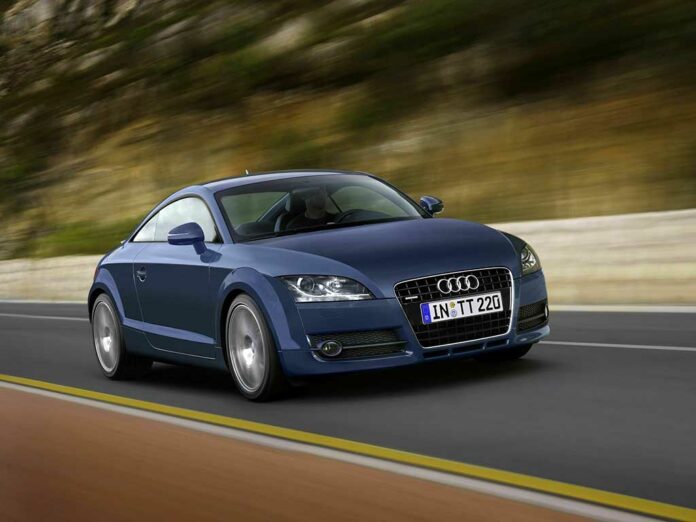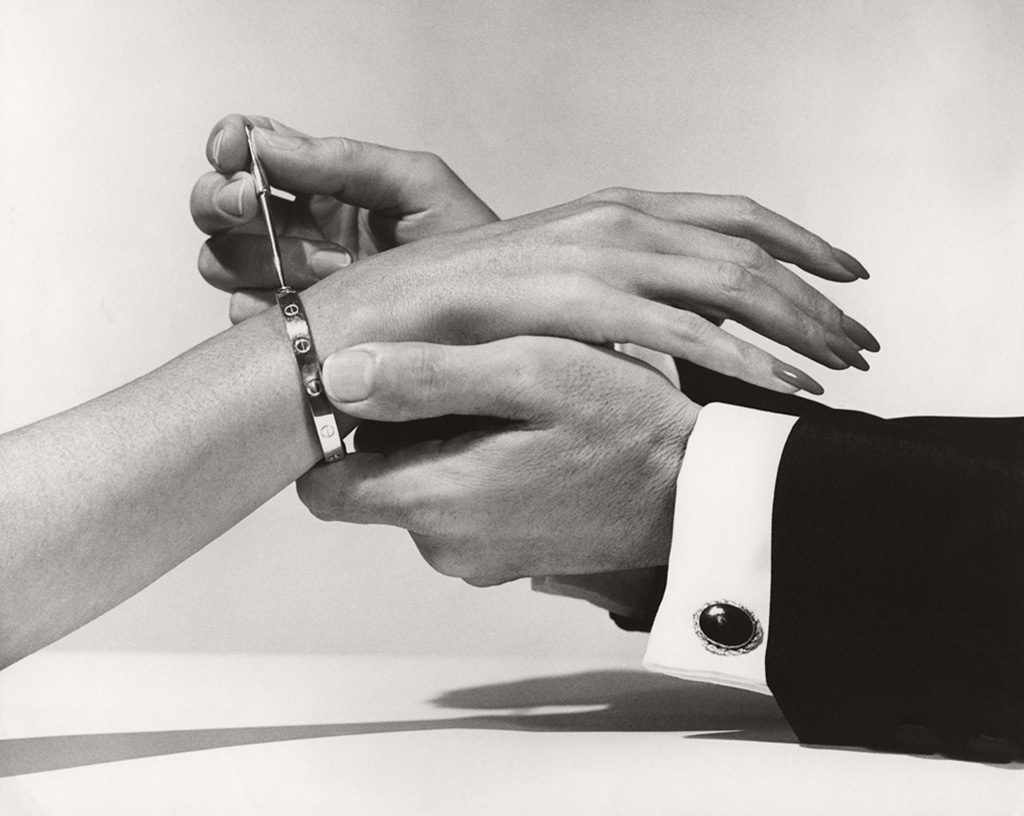The Audi TT, inspired by Bauhaus style and the ‘less is more’ philosophy: the 1995 concept with timeless lines, in production since 1998
- From 1998 to 2006, 178,765 first-generation Audi TT coupés were produced at the Győr plant in Hungary
- Torsten Wenzel, the Audi designer who followed the prototype from conception to series production: “Audi TT is a sculpture to drive”
Twenty-five years, three generations: Audi has written an indelible page in design history with the Audi TT. Since its debut in 1998, the four-ring sports car has won over the public with its driving pleasure and clean lines.
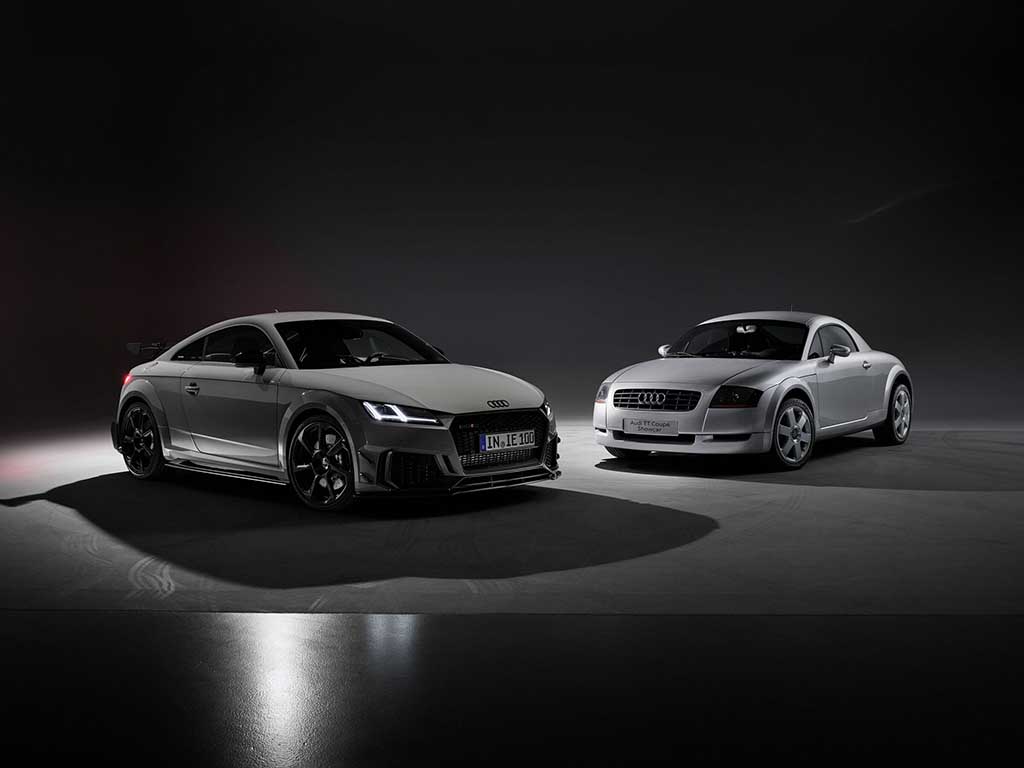
Audi TT Coupé Showcar, Static photo, Colour: light silver metallic.
In the mid-1990s, the launch of the flagship Audi A8 redefined the brand’s technical horizon and led to the gradual renaming of the four-ring models: Audi 80 became Audi A4, while Audi 100 evolved into Audi A6. Introduced in 1994, the Audi A4 was the first model to express Audi’s new design language, followed by the compact Audi A3, launched in 1996, and the second generation Audi A6, introduced in 1997. A context in which American designer Freeman Thomas, under the guidance of then style director Peter Schreyer, created a pure sports car, revolutionary in its clean lines: Audi TT Coupé concept was born. The prototype was presented to the public at the IAA in Frankfurt in September 1995. The model’s name – ‘TT’ – on the one hand evokes the legendary Isle of Man Tourist Trophy, where NSU and DKW achieved multiple two-wheeled successes, and on the other is reminiscent of the NSU TT sports car of the 1960s. The deliberate departure from the brand’s usual nomenclature underlines the model’s total novelty.
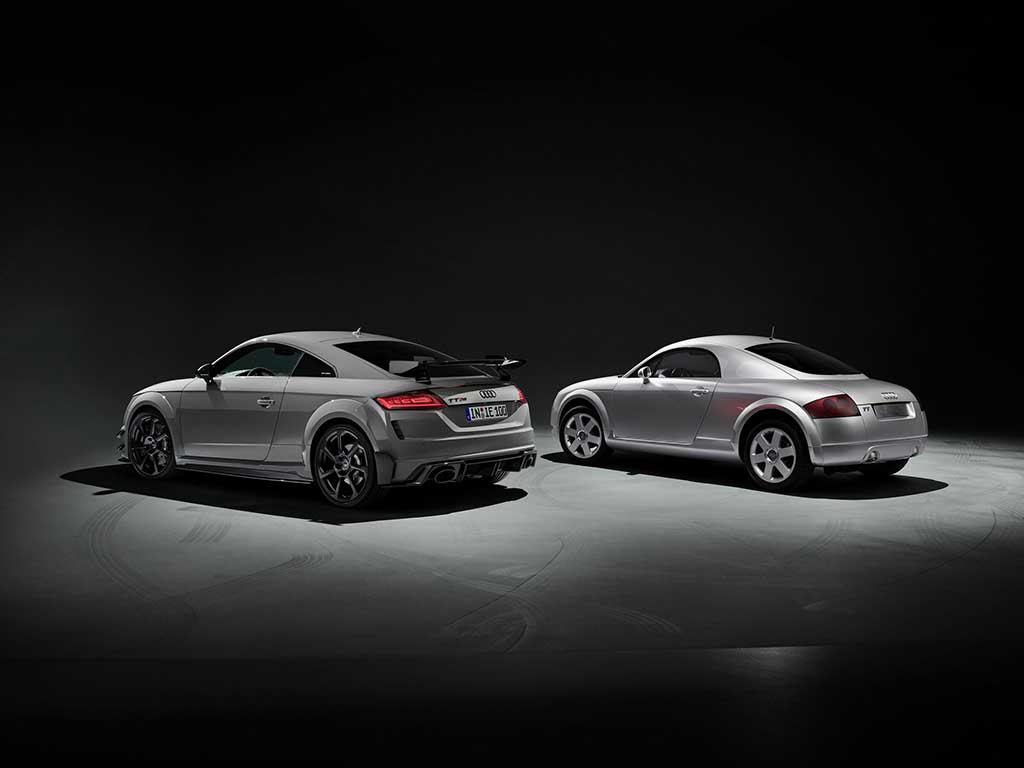
Audi TT Coupé Showcar, Static photo, Colour: light silver metallic.
Audi TT: the definitive model extraordinarily faithful to the 1995 concept
In December 1995, the Audi TT Coupé was conceived. Torsten Wenzel, the exterior designer who accompanied the concept from the first sketch to series production, recalls: “The greatest satisfaction was when the trade press noticed that from the prototype to the final model the styling had remained virtually unchanged even though, of course, we had to adapt many details to the technical specifications of the final version, including the proportions. The most obvious compromise was the integration of the rear side windows, which helped sharpen the car’s profile. For Wenzel, the Audi TT proved to be “a sculpture to drive”, strongly characterised by its seemingly one-piece bodywork and front end devoid of conventional bumper protrusions. Reinforcing the uniqueness of the Audi TT Coupé silhouette is the design of the wheels, ‘the perfect graphic form’ for Wenzel, an expression of the circularity derived from the Bauhaus style and the universal philosophy of ‘less is more’. The elimination of everything that is not strictly necessary is so radical that the Audi TT, in its purity, has achieved the highest accolade in design: becoming timeless. Having achieved this goal, the Audi TT sets itself above all trends and fashions.
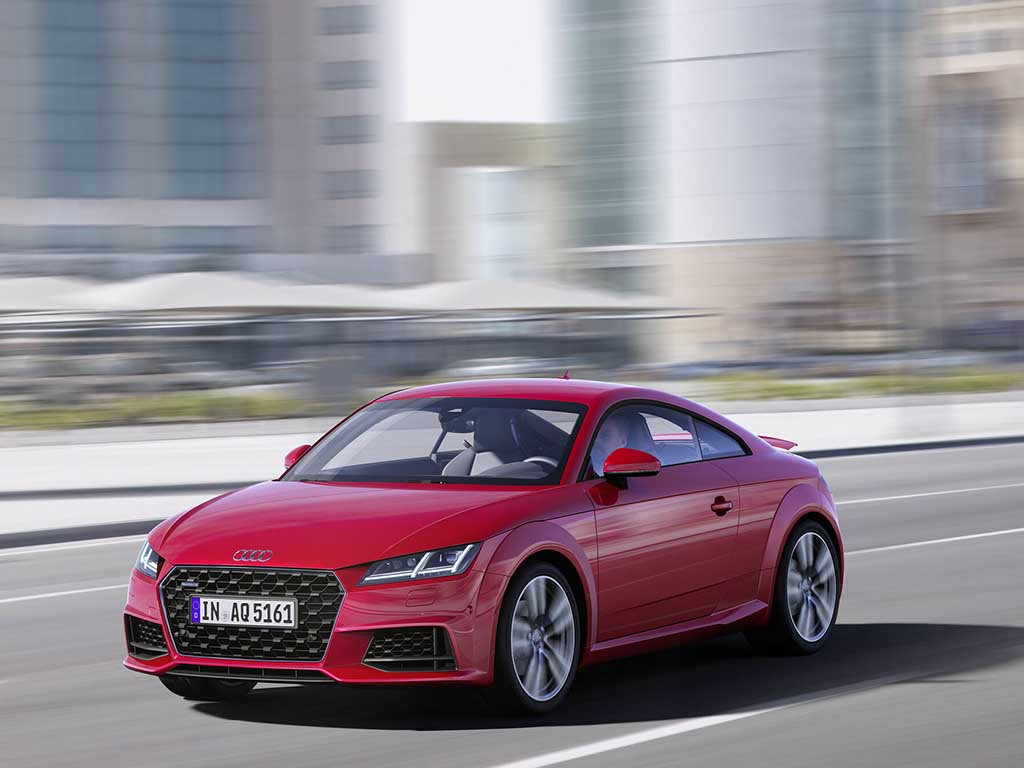
Colour: Tango red
Two anniversaries in 2023: Audi Hungary celebrates with Audi TT
In 1998 series production of the Audi TT Coupé began. A year later, Audi launched the Roadster variant. Similarly to the concept and Audi A3 presented in 1996, Audi TT mk1 was based on the transverse front-engine platform derived from the Volkswagen Golf IV. From the start, the car was produced by Audi Hungaria Motor Kft. The bodies, already painted, were transported overnight by rail from Ingolstadt to the Győr site, where final assembly took place. In parallel with the 25th anniversary of the Audi TT, Audi Hungary, a wholly owned subsidiary of AUDI AG, is also celebrating an anniversary in 2023, more precisely the 30th anniversary of its foundation in February 1993. Initially established as a plant dedicated solely to engine production, Audi Hungary integrated the assembly of the Audi TT in 1998, in cooperation with the Ingolstadt factory. In 2013, the company turned into a full-fledged automotive plant. Since its foundation, Audi Hungary has produced more than 43 million engines and almost two million vehicles.
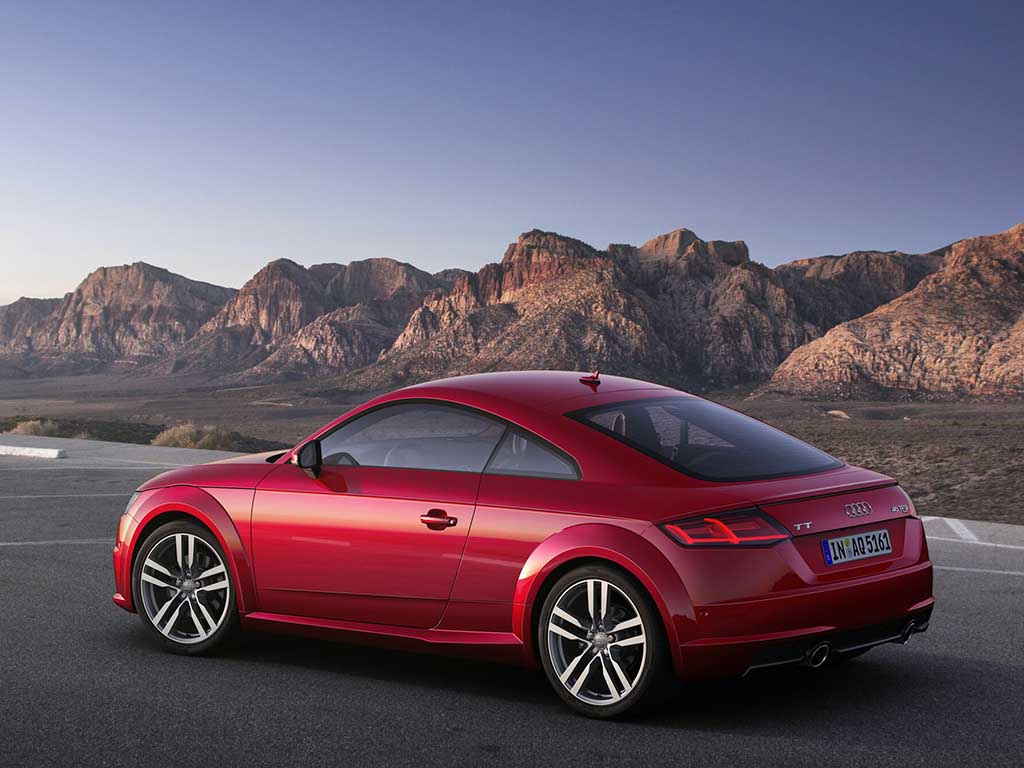
Colour: Tango red
The first generation Audi TT is a milestone in automotive styling innovation. A goal pursued right down to the smallest detail. For example in the aluminium components of the interior and in the design of the wheels, the spherical gear knob and the rounded exhaust tailpipes. For the first time, Audi dedicated the double-clutch gearbox to a production model: the S tronic transmission made its debut. The engine range comprised turbocharged four-cylinder engines with power outputs from 150 to 225 hp, complemented by a mighty 250 hp V6. The jewel in the crown in terms of technical refinement was the four-cylinder engine in the Audi TT quattro Sport, increased to 240 hp, of which 1,168 units were delivered. Customers of the first generation Audi TT could choose from a wide range of special equipment, from exclusive colours such as Papaya Orange or Nogaro Blue to accessories such as leather upholstery on the seats with a “baseball glove” finish. A solution, the latter, dedicated to the Audi TT Roadster and originally conceived as a design study. In eight years, 178,765 first-generation Audi TT Coupes (Type 8N) were produced, while 90,733 Audi TT Roadsters were built between 1999 and 2006.
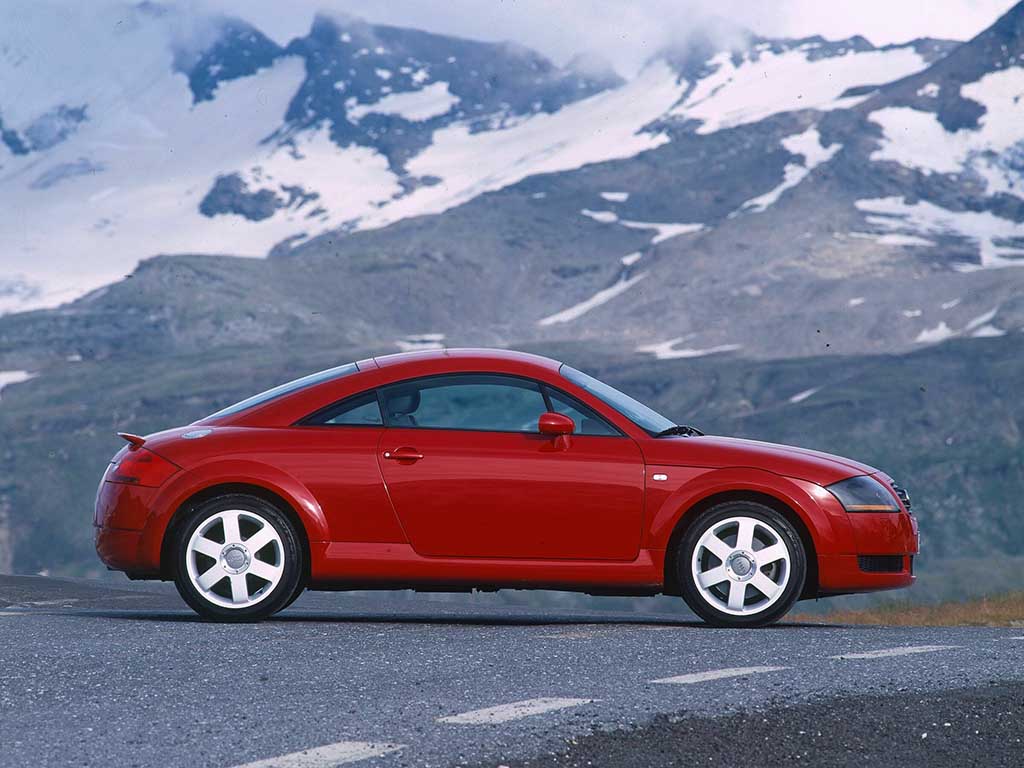
Pioneering technologies and TFSI, TDI, S and RS variants
In the next two generations, the designers faithfully adhered to the principle of ‘all that is necessary and only what is necessary’, as evidenced by the minimalist design of the exterior and interior, which does not forego characteristic elements such as the aluminium fuel filler cap, round air vents and spherical gear knob. The second generation of the Audi TT was launched in 2006 (Coupe) and 2007 (Roadster) and was based on the platform of the second generation Audi A3. For the first time, Audi magnetic ride suspension with adaptive magnetorheological dampers was introduced to the range, the calibration of which is linked to the settings of the Audi drive select ride dynamics control. The supercharged four-cylinder delivered 160 to 211 hp. Subsequently, Audi extended the range with the 272 hp S variant, introduced in 2008, and a real star: the 340 hp Audi TT RS, which, in the TT RS plus version, reached 360 hp. Pioneering technologies such as the lightweight Audi Space Frame (ASF) construction, the TFSI engines and the famous five-cylinder in the Audi Sport variant were decisive for the car’s success. The second generation Audi TT was the world’s first production sports car with a TDI engine.
The third generation Audi TT, launched in 2014, is even sportier, more dynamic and innovative. One distinguishing feature, however, remains unchanged: the rounded tank lid with the TT logo. At the same time, the weight of the car is reduced by 50 kilograms – the Audi TT Coupé 2.0 TFSI tips the scales at 1,230 kilograms – and a host of technical innovations are introduced, such as the fully digital Audi virtual cockpit instrumentation, which replaces both the analogue instruments and the MMI monitor, and, in 2016 with the Audi TT RS, rear light clusters with OLED technology. As for the higher-performance variants, the Audi TTS with its 310 hp 2.0 TFSI engine was joined in 2016 by the Audi TT RS, equipped with the iconic five-cylinder turbocharged petrol engine with 400 hp and 480 Nm of torque, which has won the “International Engine of the Year” award for nine years running. With the Audi TT RS Coupé iconic edition, produced in a limited run of 100 for Europe, the House of the Four Rings celebrates the success story of the Audi TT Coupé.
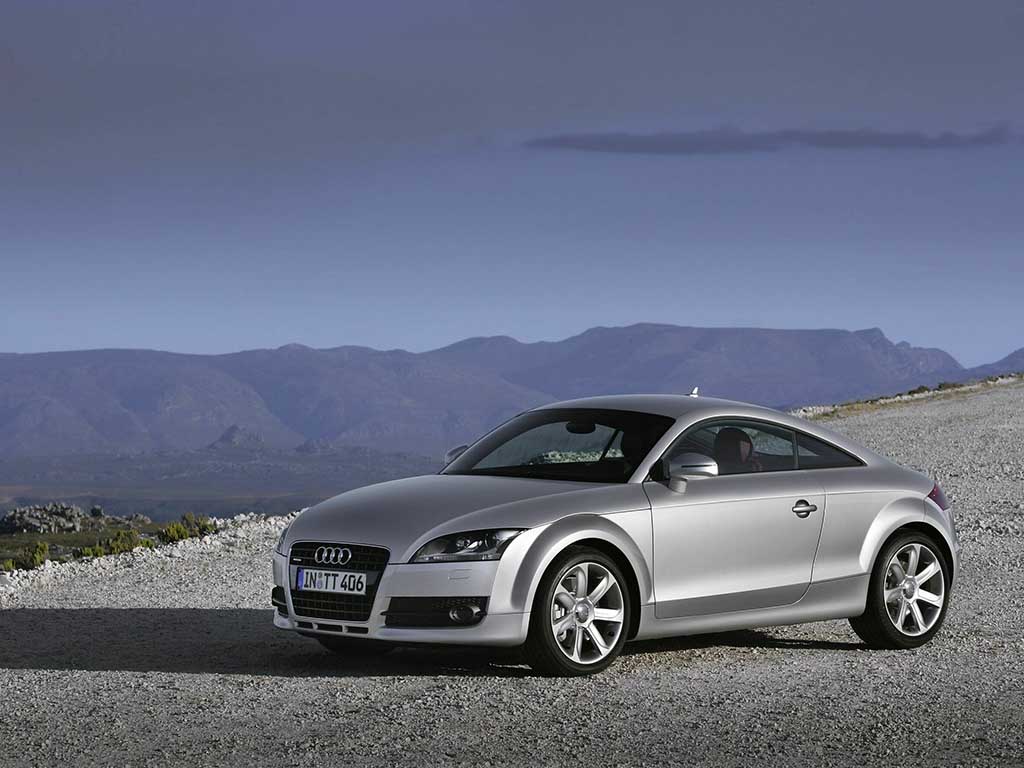
Consumption and emissions of the models mentioned*
Audi TT Coupé 45 TFSI – 7.6/7.9 l/100 km – 172/178 g/kmCO2
Audi TTS Coupé – 8.2/8.4 l/100 km – 187/191 g/kmCO2
AudiTT RS Coupé – 8.9/9.2 l/100 km – 201/208 g/kmCO2
* Fuel consumption and emissions figures measured in the combined cycle according to WLTP standard and expressed as ranges subject to differences depending on equipment.
Audi Group
The Audi Group is one of the most successful premium manufacturers in the automotive and motorbike sectors. The Audi, Bentley, Lamborghini and Ducati brands are present in 13 countries with 22 production facilities and in more than 100 markets worldwide. In 2022, the Audi Group delivered around 1.61 million Audi brand cars, 15,174 Bentleys, 9,233 Lamborghini brand sports cars and 61,562 Ducati brand motorbikes to customers. In the financial year 2022, the AUDI Group achieved revenues of approximately EUR 61.8 billion and an operating result of EUR 7.6 billion. Currently, more than 87,000 people work for the company worldwide, more than 54,000 of them in Germany. With new models, innovative mobility offers and multiple services, Audi is evolving into a provider of sustainable premium mobility. audi.com


